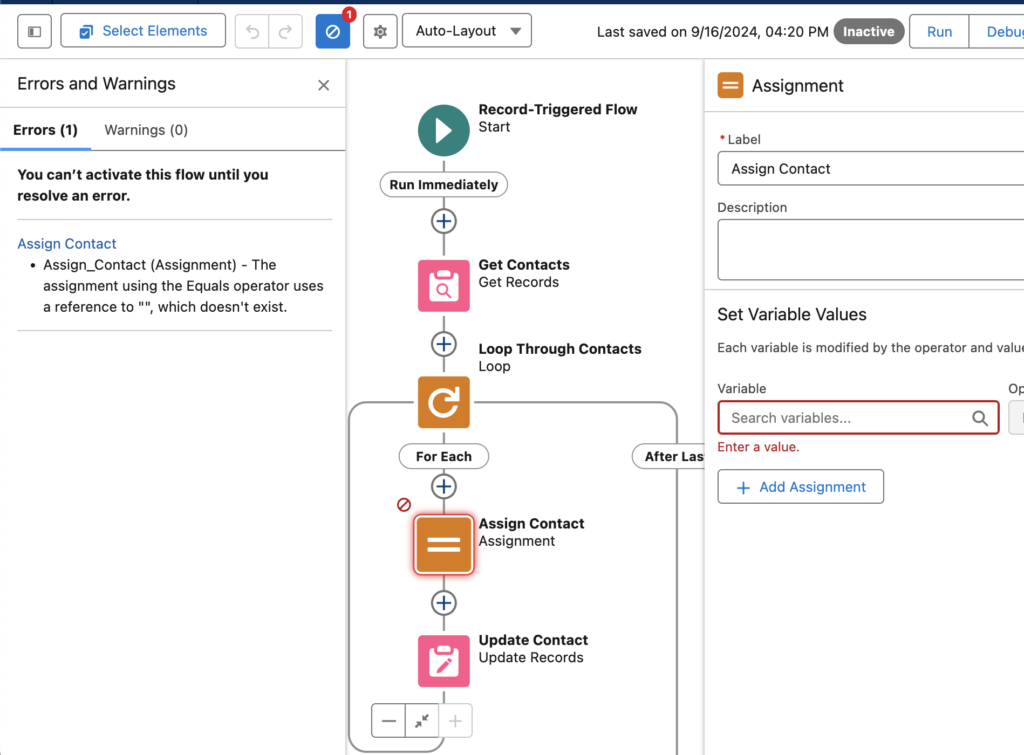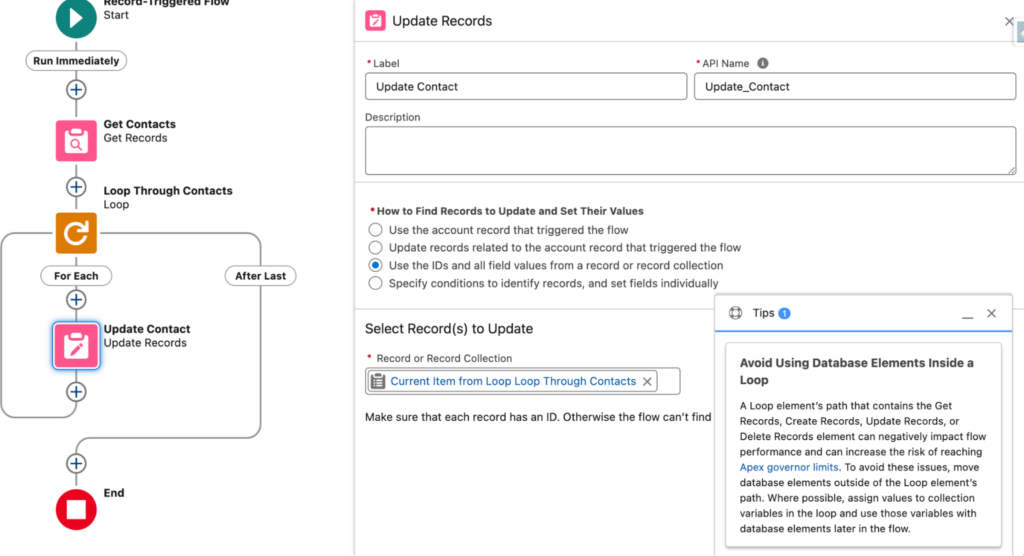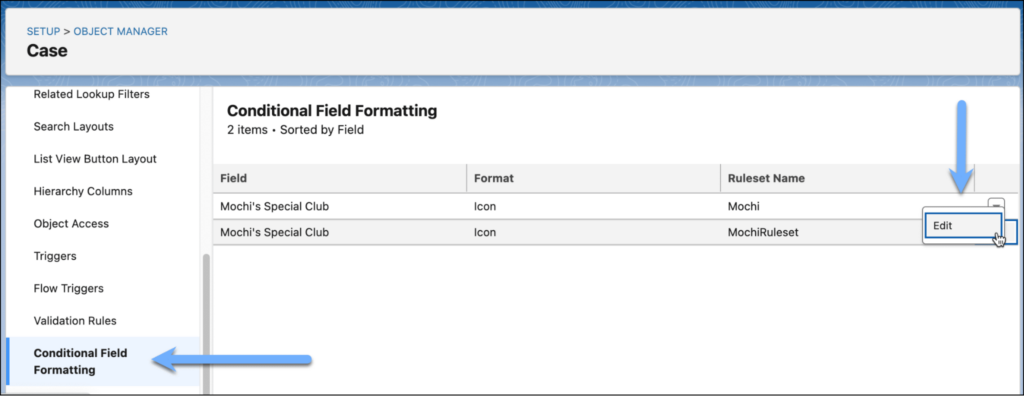The Salesforce Winter ’25 Release Notes are out, and they include important features for trailblazers who are on the Salesforce platform.
We get three major releases from Salesforce each year — Spring, Summer and Winter. Each Salesforce release includes upgrades and enhancements that affect Salesforce orgs in different ways.
Each release contains a substantial amount of information on a variety of products so it can often be daunting for admins or other trailblazers to find the features that are important to them and their organization. Our team reviewed the notes for you and highlighted the following platform features as those for you to keep your eyes on the lookout when the release hits your Salesforce environments in the coming months.
Platform Highlights from the Salesforce Winter ‘25 Release
Those who use the Salesforce platform are getting lots of attention from the Salesforce Winter ‘25 Release.
Some updates are changing the way we work to meet evolving technology demands. Others are saving us time by connecting the dots in a logical way. Our team will guide you through these features so you will know how to take action on them before the release hits your Production org.
Highlight #1: Verifications Needed to Continue Sending Emails From Salesforce
The Winter ‘25 release will require customers to Create and Verify Your Default No-Reply Organization-Wide Email Address to Send Email and Verify Your Return Email Address for Sender Verification in order to continue allowing Users and/or automations to send emails from Salesforce.
If you Users do utilize any email functionality within Salesforce it will be important to instruct them to visit their ‘My Email Settings’ so they can verify the email address associated with their User account. Similarly, overall as an organization, you will need to ensure there is a customer-defined Default No-Reply Organization-Wide Email Address moving forward.
Although the Default No-Reply Organization-Wide Email Address feature will be enforced this release, the individual Return Email Address verification will not be enforced until Spring ‘25.
Highlight #2: Salesforce Archive (Pilot)
Salesforce recently announced their acquisition of Own Company, currently known as the most credible Salesforce archive and backup third-party tool, however, they have also announced a pilot of their own Archive product. If your team needs assistance with archival management of your data but either cannot afford a third-party tool or do not have time/resources to implement one of those tools, Salesforce Archive might be a solution to consider.
When Salesforce Archive becomes generally available, you can use it in production and sandbox environments, however the product is available in sandboxes as a pilot right now and can be requested to be enabled by your AE. The product will become available to production orgs on a rolling basis starting in November 2024, but when it’s released for production use, it will need to be purchased as an add-on license.
Highlight #3: New Salesforce Platform Login License
The Salesforce Platform Login license allows you to assign access to custom apps built on Platform for internal users without the requirement to buy a seat-based license. With the Salesforce Platform Login license, you can pay per daily unique login for users who need infrequent or occasional access.
This new license will become available starting October 15th for customers on Enterprise, Performance, Unlimited, and Developer editions. Contact your AE to learn more about pricing details for these new licenses and to determine if they’re a right fit for your organization.
Highlight #4: User Permissions Updates
Improvement #1: See How Object Access Is Granted in Object Manager
The Winter ‘25 release continues with updates to ensure Salesforce Administrators are able to troubleshoot their User’s access and permission issues easier. One of these new features is the ability to use the Object Access Summary in Object Manager to quickly check object permissions when troubleshooting, completing reviews, or determining how to grant user access.

Improvement #2: Get Insight into How a User’s Permissions Are Granted
Last release we were able to access a Summary of an individual’s access and permissions directly from the user details record. This enabled you to see what a user had access to without having to spend multiple clicks checking each profile, permission set, public group, or queue.
The Winter ‘25 release expands on that feature by including an additional feature to allow you to see what grants the User that particular permissions (i.e. via Profile or Permission Set) in case you need to revoke those permissions.

Highlight #5: Salesforce Flow Updates
You may have heard the phrase “Flow is the future” in Salesforce messaging over the past few years. This is because Salesforce is consistently releasing new Flow features to support the retirement of Process Builder and Workflow Rules in recent years.
Here are some of our favorites from this release.
Improvement #1: New Errors and Warnings Pane in Flow Builder
The new Errors and Warnings pane lists issues that prevent you from saving and activating your flow as you work in an easy to scan format. This feature will be automatically available when trying to activate a Flow with errors following the release.

Improvement #2: Flow Design Tips
Another new feature within the Winter ‘25 release is the inclusion of new tips in Flow Builder to help you identify designs that can slow down your flows and increase the risk of reaching Apex governor limits. This may not seem like much to some of us that have been building Flows for a couple years now, but this is a game changer for new Flow builders who are uncomfortable with the tool at first.

Improvement #3: Create or Update Records Efficiently with the Create Records Element
Last release we saw the beginning of an upsert feature within Flow Builder through the release of a new way to check against duplicates for a single record. Well the Winter ‘25 releases further enhances this feature by enabling the upsert functionality against multiple records at once. You’re able to compare against existing records with a Salesforce Id, External Id, or other field on the object.
The Create Records element makes the process of saving records easier and faster, as you no longer check separately for existing records because the create and update elements are now merged into one element. Admins can now configure and maintain flows more easily while reducing potential errors from separate operations.

Improvement #4: Send Email Action Expanded
Two new enhancements have come to the ‘Send Email’ Action within Flow Builder. First, you are now able to include email addresses to include as cc or bcc on the email that is sent via the Flow. Any address entered in the CC field receives a copy of the email, and those in the BCC field also receive a copy, but their email addresses are hidden from all recipients. Secondly, there is an increase of the number of recipients you can include from originally 5 to now 150 recipients.

Highlight #6: Conditional Formatting on Record Pages
As Salesforce continues to push customers from Page Layouts to Lightning Record Pages, they continue to release new features in the Lightning App Builder to excite customers into the move. Now customers will be able to give fields on Dynamic Forms-enabled pages custom icons and colors that can appear, disappear, and change color based on the criteria and rules that you define. This can be a game changer for those of us who have previously created formula fields to manage or provide this functionality in the past.

Highlight #7: Account Plans
This feature is one our team is very interested in learning more about as new information is released as it can be a huge game changer for Sales teams. The Account Plans feature provides a new UX providing a complete picture of the account with information such as metrics, objectives with actionable metrics, and tabs on growth and development, all from one repository within Salesforce.
This feature will become available in Production on a rolling basis after the Winter ’25 release is complete and available to all customers in mid- to late November 2024. Customers available to receive this feature are those with Enterprise, Performance, or Unlimited editions.
Once the feature becomes available in your Production org, go to the new Account Plans page in Setup and turn on Account Plans. Then, configure the Account Plans object in the Object Manager, add the Account Plans related list to the Account object, and optionally set up Relationship Maps.

Highlight #8: Marketing Cloud Account Engagement (Pardot) Updates
Please check out my colleague Erin Duncan’s blog post on all things Pardot from the Winter ’25 release.
Additional Highlight: Marketing Cloud Growth Updates
Erin Duncan has also written posted on some exciting announcements coming to Salesforce’s newest marketing product:
- Salesforce Winter ‘25 Highlights: Marketing Cloud Growth Edition
- Announcing Marketing Cloud Advanced Edition
Salesforce is getting bigger and better all the time
Trailblazers who come to Salesforce are usually looking to scale their efforts and grow in a way that makes sense. These latest enhancements from the Salesforce Winter ‘25 Release get everyone closer to those goals by saving them time and resources.
Contact the team at Sercante to get help implementing these enhancements in your Salesforce org. And leave us a comment below to let us know what you think about the Winter ‘25 Release.












